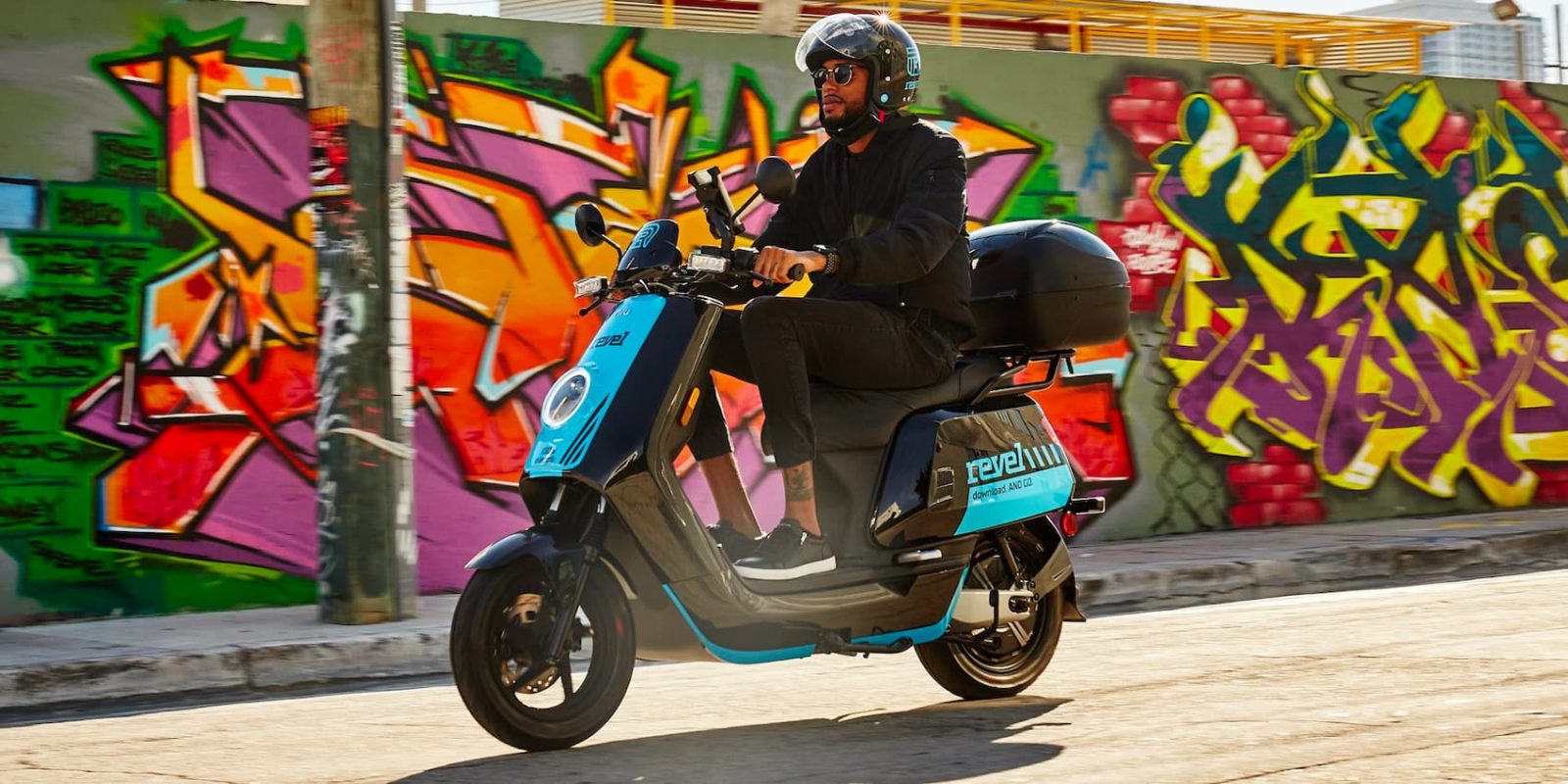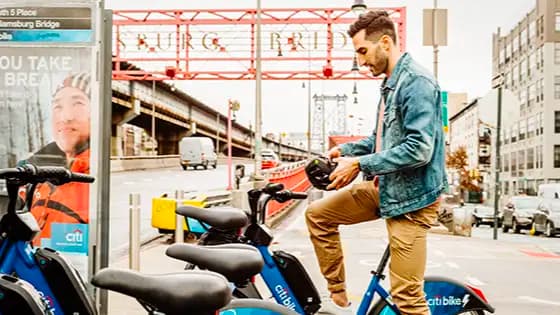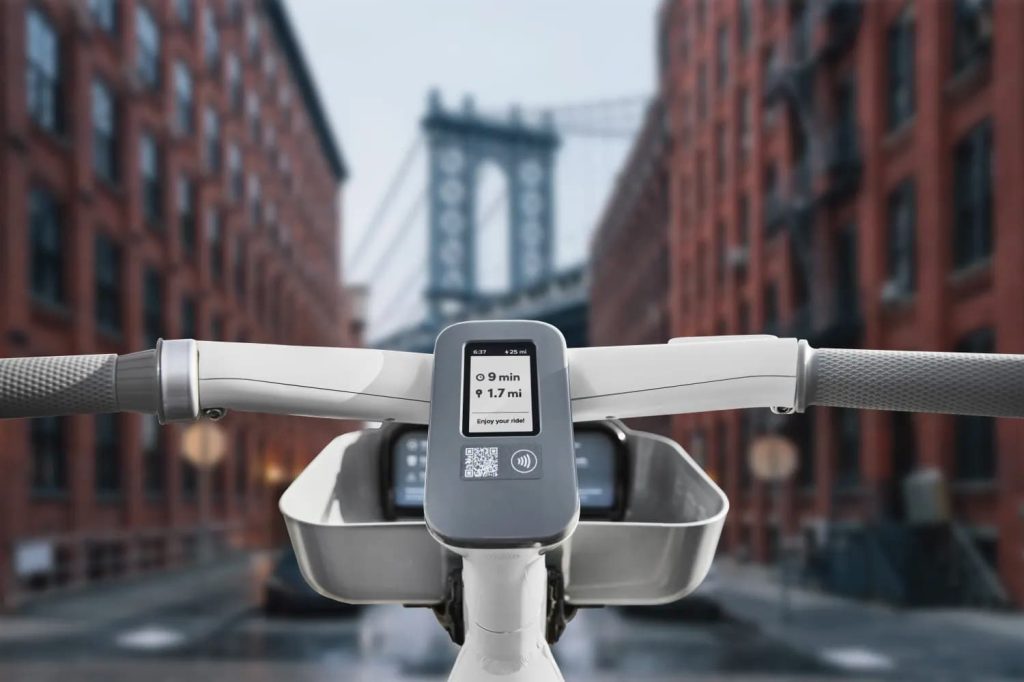
If you live in New York City and enjoy getting around on two wheels, prepare to get hit with a whiplash of good and bad news from major micromobility providers in the city. Revel, known for its bright blue electric mopeds, is sunsetting those zippy little commuter machines in favor of cars. But on the other hand, the size of the electric Citi Bike fleet is set to grow considerably.
We’ve covered Revel’s rise since its early days of prototype testing all the way back in 2018. The company got its start in NYC and grew to several cities around the US. Its original business model was based on rent-by-the-minute seated electric scooters or mopeds that could carry up to two riders as well as a modest amount of cargo.
The 30 mph (48 km/h) scooters were praised for their small yet efficient size, allowing riders to skirt past grid-locked city traffic and travel at higher speeds than e-bikes yet without the added congestion or energy waste of full-size cars.

However, Revel wasn’t without problems and slowly reduced the size and scope of its scooter operations. From a peak of over 6,000 electric scooters in the US, the company now has under 3,000 scooters and operates in just New York City and San Francisco, having previously pulled out of Washington DC and Miami.
Now Revel’s NY and CA scooter operations are sunsetting as well as an announcement this week put an end to scooter operations in both locations. Instead, Revel plans to double down on its ridesharing services as well as electric car charging stations, which have been comprising a larger portion of the company’s revenue lately.
According to TechCrunch, “The last day of service will be November 18. Revel will send the decommissioned mopeds to recycling facilities in New York and the Bay Area over the next two weeks.”

On the lighter electric two-wheeler front, NYC’s shared bicycle program Citi Bike will be doubling the number of electric bikes in the program, which currently number at 10,000.
Compared to pedal bikes, many New Yorkers have taken more favorably to the electric Citi Bikes as they don’t require as much strenuous effort. Pedaling is still required to operate the bikes but riders are able to cover the same distance with less physical exertion, meaning arriving at their destination without getting as sweaty.
However, even on the Citi Bike front, the news isn’t all good news. As many have praised the doubling of the electric fleet, others have been dismayed by the lack of expansion of the program’s footprint in the city.

The electric Citi Bikes will also see a speed reduction from the current speed limit of 20 mph down to 18 mph. City Hall said the Department of Transportation also confirmed that they will be launching a public awareness campaign to teach riders about safe e-bike operations, likely in response to some concerns among the public who worry about riders operating the e-bikes unsafely. The announcement did not mention any additional safety programs regarding cars and trucks in the city, which are responsible for vastly more serious injuries than bicycles or e-bikes.
The Citi Bikes program is widely regarded as a resounding success in the city. Streetsblog refers to it as a “transit phenomenon” and explained that in August 2023, the system “set a monthly record with over four million rides, up 63 percent from the same month in 2019. On Oct. 28, there were 161,422 Citi Bike rides, which the DOT believes represents one-quarter of the total cycling trips on an average day in New York.”




